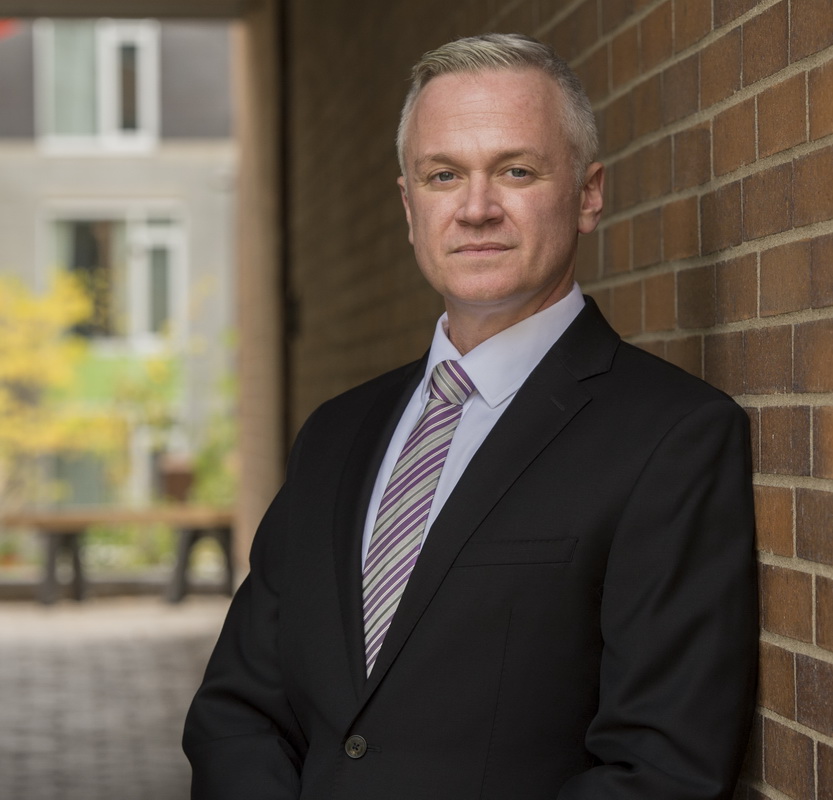Sexual assault incidents in Ontario
The #MeToo movement has come to Canada, with new allegations in politics building on already active issues in institutions like the military. It has spurred a response in the media and has even led to new federal legislation. And governments are looking to increase awareness of the subject and address the issue: Ontario has an active plan to combat sexual assault and harassment. While the topic has grown in prominence in the mainstream, Statistics Canada data shows that on the whole, the rate of sexual assault (assault with a sexual objective or nature) is declining throughout the province of Ontario — but so is the rate at which these incidents are cleared formally by police.
Change in the rate of sexual assault incidents reported and percentage of incidents cleared by year
The rate of sexual assault incidents in Ontario is decreasing — though at varying rates each year. But clearance rates are also down, indicating that police are laying fewer charges or otherwise resolving matters when they receive information about an incident.
Source: Statistics Canada, Table 252-0077, “Incident-based crime statistics, by detailed violations and police services, Ontario.”
Sexual assault incidents by police service
Police services are on the front lines of dealing with sexual assault in Ontario. Police remain the go-to institution when criminal assault takes place, as the Ontario Human Rights Commission recommends. But the different police services of the eight biggest cities in Ontario have varied records of addressing the problem. Many, including the Toronto Police Service, have guidelines for both frontline officers and survivors. Hamilton’s guidelines, for example, mirror Toronto’s. But the two cities have widely varying rates of both incidents of sexual assault and clearance. Rates vary greatly in the other six major Ontarian cities as well.
Sexual assault statistics for major Ontario cities, 2016
Incidents of sexual assault in the eight biggest cities in Ontario make up almost half on the entire incidents in the province. But within the cities, rates vary greatly, with Hamilton holding the highest rate of assault and lowest rate of clearance.
Source: Statistics Canada, Table 252-0077, “Incident-based crime statistics, by detailed violations and police services, Ontario.”
——————————————————————————————


